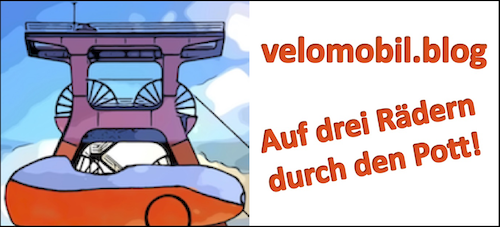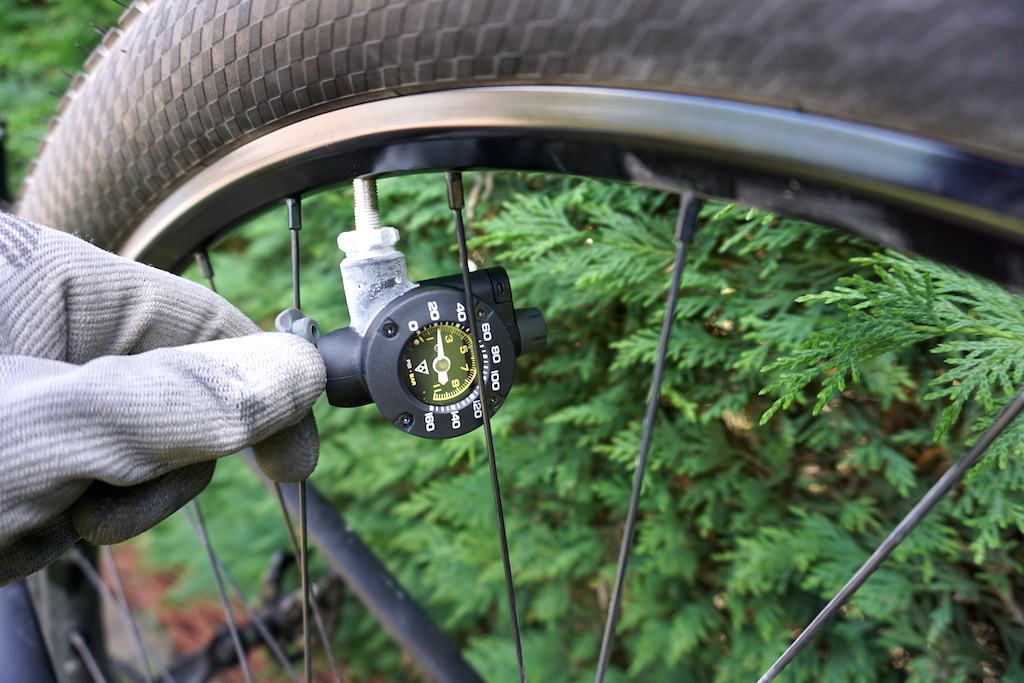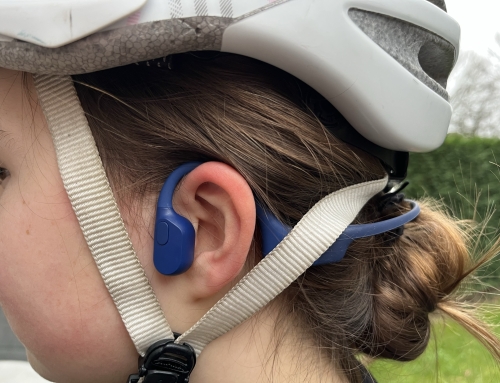This post is also available in: Deutsch (German)
I own many and various air pumps for my bikes … from a racing compressor (stationary air pump) in the garage to a mini pump for on the road. My “collection” also includes a CO2 pump that I always have with me as a backup. But to be honest, I haven’t used it yet. Why not? More about that later!
Transparency Notice:
I purchased and paid for the tested product myself for private use. Furthermore, I have no economic relationship with the manufacturer or the trade.
Advantages and disadvantages of CO2 pumps
Basically, CO2 pumps offer unbeatable advantages: they are small, light and they fill an empty bicycle tube in 2-3 seconds … and without any effort. and without any effort at all. Anyone who has ever had to inflate a fat MTB tyre with a mini-pump on the road knows that this is no fun… especially not in the rain or cold.
Apart from the fact that the empty cartridge has to be thrown away afterwards, this type of air pump for on the road actually has only one other disadvantage: the CO2 pump I have been using so far (or not) does not show the air pressure compared to my other pumps. This means that when inflating, you can only roughly estimate how much pressure is on the tyre by pressing it with your thumb … or you can use a separate air pressure gauge. Up to now, this has been too cumbersome for me, because whether on a road bike, MTB or velomobile; the right air pressure plays a decisive role in sporty biking in terms of riding comfort, rolling resistance and puncture safety.
That’s why I pricked up my ears when Topeak presented its new CO2 pump, the Airbooster G2.
“The world’s first CO₂ inflator with an easy-to-read pressure gauge for perfect fine regulation of the air pressure. The angled head is compatible with Presta as well as Schrader valves and offers optimal control when inflating the tyre.”
Seen, bought!
The Airbooster G2 costs 39.95 (RRP), which is double the price of some “normal” CO2 pumps; the financial risk remains manageable 😉
Produkt-Infos
| LEISTUNG | 160 psi / 11 bar |
| MATERIAL | Fiberglas-Composite |
| KOPF | • Passend für Presta- & Schrader-Ventile • Integrierte Schutzkappe • Zum Befüllen drücken |
| GEWICHT | 45 g |
| MANOMETER | 1-1/2” groß, analog |
| MAßE | 6,5 x 5,2 x 3,3 cm |
| FEATURE | Zweiseitiges Design zum Transport einer ungeöffneten Topeak 16 g oder 25 g CO₂-Gewindekartusche |
| ART.-NR. (TW) | TAB-G2 |
Unboxing
Apart from the inflator including the pressure gauge, the scope of delivery only includes a manual and a rubber seal … but that’s all you need … except for a cartridge. However, this must be purchased separately! The reason is that the cartridges are dangerous goods, for which special regulations apply for shipping and storage.
1st test: MTB tyres
I first tested the new inflator on my MTB. Here I ride a 29er Continental Race King in 2.2 width. So first put on gloves, then screw on the cartridge, unscrew the Sclaverand valve, put on the pump, from the other side push the tube or valve firmly against it and after what feels like 3 seconds the tyre is inflated and the cartridge is empty. The pressure gauge shows a pressure of just under 2 bar; that’s all the little 16g cartridge could manage. Perfect for me, as I always ride around 2 bar on the MTB. However, if you ride a fatter tyre, you should perhaps try a larger cartridge.
Test 2: Road bike / velomobile
Trial no. 2: This time on the velomobile with a typical road bike rear tyre: Continental Contact Speed in 28 inch and 25mm width. Here I always have 6-7 bar on it … I’m curious to see if the pump can do the same. So the same procedure again: Gloves on, screw on the cartridge, unscrew the Sclaverand valve, fix the valve, put on the pump and go: I have difficulties positioning the pump or the pump head correctly, because there is not much space between the body and the rim. However, I also have this problem with a normal pump. Although I’m lying on my stomach on the floor, I can’t see the pressure gauge during the pumping process. Anyway … I pump in the whole cartridge and after a few seconds there are 8 bar on the tyre … a bit too much … I let off a little and it’s already 7 bar … perfect!
My conclusion!
If you have read the instruction manual and don’t have two left hands, nothing can go wrong and the tyre is inflated again faster than you can say “beep” … and without any effort. and without any effort at all.
In any case, you should have done some “dry runs” at home beforehand and always have spare cartridges with you. Then the “normal” air pump can safely stay at home! By the way, this also applies to my old Schwalbe air pressure gauge … because the Airbooster G2 can also be used as an air pressure gauge without a cartridge 😉
Therefore, a very clear buy recommendation from me! Please also note the following tips and FAQs!
Important tips for handling CO2 pumps!
- Dry practice is compulsory!
If you want to use a CO2 pump on the road, you should definitely try it out at home beforehand and not just when you are on the road and have a puncture. Depending on the model, the handling may be a bit more difficult and you may destroy one or two cartridges until it works and the tyre is inflated again. - The right tyre pressure is crucial!
You need a little practical experience before you can judge which cartridge or which amount of gas is needed to inflate the tyre correctly. Too little or too much pressure can damage the material, so be sure to follow the tyre manufacturer’s instructions for the correct tyre pressure! - Caution.
In any case, you should wear assembly gloves (no latex) and/or cover the cartridge with a neoprene sleeve, because when the CO2 gas escapes, the cartridge and valve become ice cold and frostbite can occur! - Empty the cartridge completely!
Before you remove the cartridge from the pump head, you should empty it completely!
CO2 pumps – FAQ
- What types of tyres can I fill with it?
All of them! Whether folding, tubular or tubeless tyres … no problem. Since CO2 does not react with sealants, it is even perfectly suitable for mounting tubeless tyres and presses the tyre really nicely into the rim flanks 😉 - Is it possible to store pierced cartridges?
In principle, yes; how long, however, depends on the quality of the pump head and its tightness. In any case, you should always have a spare! I myself do not keep any cartridges that have been started. - Is CO2 harmful to health?
CO2 is not harmful to humans in small quantities! Nevertheless, inhalation should be avoided! - Can other threadless cartridges (e.g. from the catering industry) also be used?
Basically yes; as long as your pump can take threadless cartridges (mine can’t!).













Leave A Comment